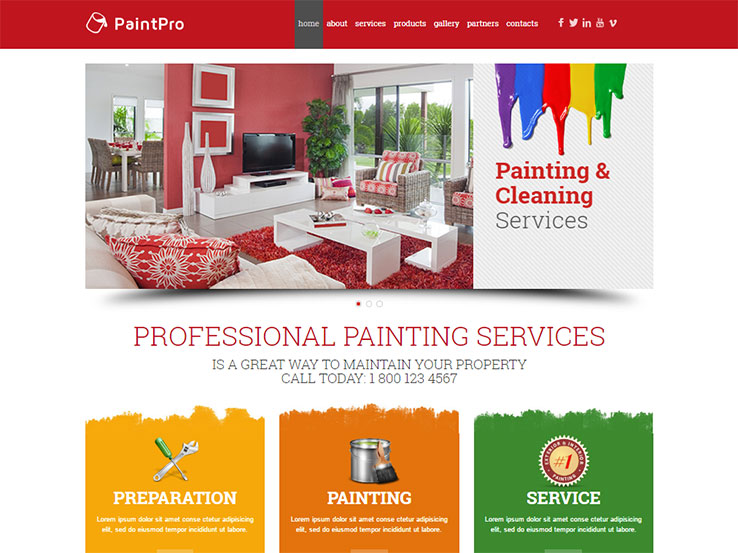In What Means Do Ideal Colors Impact Your Brand'S Aesthetic Charm In Business External Painting? Uncover The Essential Considerations That Shape Your Options
In What Means Do Ideal Colors Impact Your Brand'S Aesthetic Charm In Business External Painting? Uncover The Essential Considerations That Shape Your Options
Blog Article
Write-Up By-Kondrup Sexton
When it concerns business outside painting, the shades you choose can make or break your brand name's charm. Recognizing how various shades influence understanding is key to attracting consumers and developing trust. But it's not almost personal preference; neighborhood fads and guidelines play a significant role too. So, just how do you locate the perfect equilibrium in between your vision and what resonates with the community? Allow's discover the crucial factors that lead your color options.
Comprehending Color Psychology and Its Effect On Company
When you select shades for your organization's outside, recognizing color psychology can considerably affect exactly how potential clients regard your brand.
Colors evoke emotions and set the tone for your organization. For https://www.housedigest.com/994586/hacks-for-painting-your-baseboards-like-a-pro/ , blue usually shares trust fund and professionalism and trust, making it optimal for financial institutions. Red can develop a feeling of urgency, best for dining establishments and clearance sales.
Meanwhile, environment-friendly signifies growth and sustainability, attracting eco-conscious customers. Yellow grabs interest and sparks positive outlook, but way too much can bewilder.
Consider your target audience and the message you intend to send. By choosing the right colors, you not just enhance your visual appeal yet additionally align your picture with your brand name values, inevitably driving client interaction and commitment.
Analyzing Citizen Trends and Laws
Exactly how can you guarantee your external painting choices reverberate with the community? Beginning by researching neighborhood fads. See neighboring organizations and observe their color schemes.
Bear in mind of what's preferred and what feels out of place. This'll assist you straighten your options with community aesthetics.
Next, check neighborhood laws. Several towns have standards on outside shades, particularly in historical districts. You do not intend to hang out and cash on a palette that isn't certified.
Engage with local business owners or community teams to collect insights. They can provide useful responses on what shades are well-received.
Tips for Integrating With the Surrounding Atmosphere
To develop a natural appearance that blends perfectly with your surroundings, take into consideration the native environment and architectural designs nearby. Begin by observing the shades of nearby buildings and landscapes. Natural tones like environment-friendlies, browns, and low-key grays typically work well in natural settings.
If your residential or commercial property is near lively urban locations, you might select bolder shades that reflect the regional power.
Next, think of the building style of your building. Traditional styles might take advantage of timeless colors, while modern-day designs can embrace modern palettes.
Test your color options with samples on the wall surface to see exactly how they communicate with the light and atmosphere.
Finally, keep in mind any local standards or community visual appeals to guarantee your choice enhances, rather than clashes with, the surroundings.
Conclusion
To conclude, selecting the right colors for your business outside isn't practically aesthetics; it's a critical choice that impacts your brand name's assumption. By taking color de trailas por fuera of shade psychology, taking into consideration neighborhood patterns, and guaranteeing harmony with your surroundings, you'll create an inviting environment that attracts clients. Do not neglect to evaluate examples before committing! With the appropriate strategy, you can elevate your service's curb appeal and foster long-term client interaction and loyalty.
